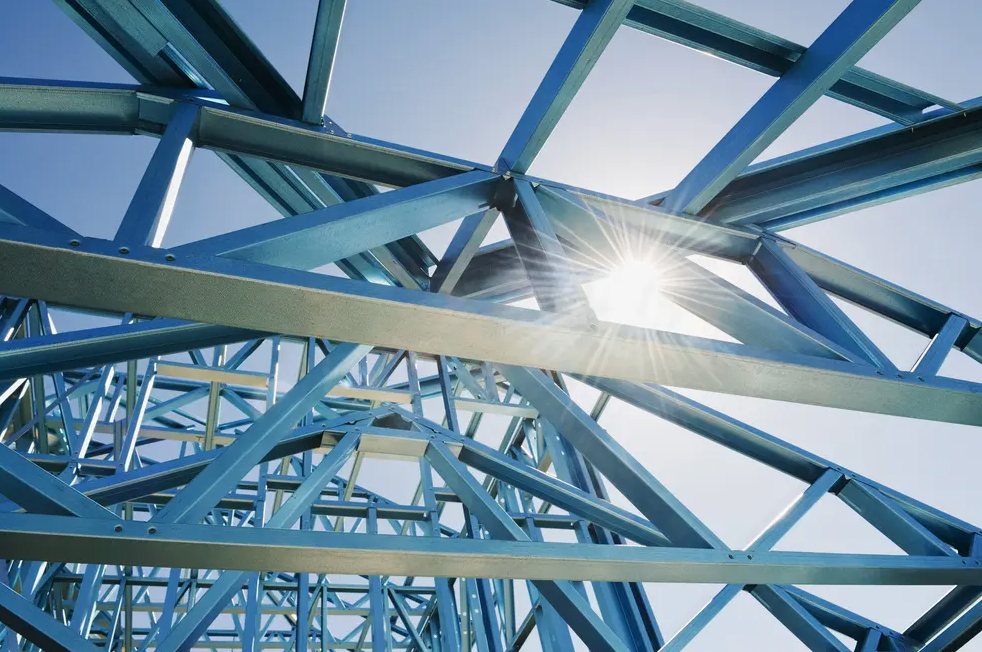The recovery of structural metals takes place at room temperature and works at 100%
(sustainabilityenvironment.com) – They are the skeleton of our buildings, but are difficult to repair. They are the so-called “structural metals“, which support the weight of construction and are widely used in construction. But how to fix them when they break?
In an article published in the journal Advanced Materials, a team of researchers led by James Pikul of the School of Engineering and Applied Science of Pennsylvania (in Philadelphia), presented a new technique. The process would be able to return strength and toughness (that is, the degree of mechanical strength and cohesion presented by certain materials) of structural metals. Researchers call it “electrochemical healing”, which would repair fractures that can affect steel, aluminum alloys and complex structures printed in 3D. All in room temperature conditions.
This is an interesting novelty, since so far repairs have been made using techniques that exploit high temperature, such as brazing and welding. However, these techniques have limits. Some alloys, in fact, tend to break when subjected to extreme temperatures. In addition, there are new complex 3D-printed structures too delicate to be treated with those processes. A big problem, since hard-to-repair metals usually become waste.
How electrochemical healing works
To allow the fracture to recompose, the researchers immersed the metal in an electrolyte (that is, an aqueous-based solution). In this case, it was composed of salt water containing nickel ions. By applying a negative voltage, scientists moved the ions in the electrolyte to the metal cracks. This generated an increase in electrons. Metal ions at this point began to steal excess electrons from the electrolyte, triggering a chemical reaction called reduction. The reduction transformed the ions into solid metal atoms and, as the atoms grew in the fracture, they closed it.
Read also Rare earth: a method for recovery from sea water discovered
“We call our method ‘electrochemical healing’ because it recalls the way our bodies repair a bone fracture – said Zakariah H’sain, one of the researchers involved in the experiment – The healing matter is transported to the site of the fracture and the force is recovered through its growth and reconnection of the opposite fracture surfaces”.
Of all the alloys used for the experiment, the result was the same: a recovery of 100%. Now, to further optimize the process, the bet is to design components that take into account possible repairs in advance, so as to further facilitate the recovery of force.

